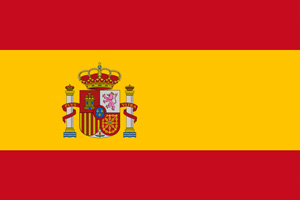St. Mark’s Basilica, exterior
- Access St. Mark’s Basilica, exterior
With its wealth of arts and construction materials, the St. Mark's Basilica illustrates the greatness of the Doge and of the Serenissima Republic of Venice. Since 828, it has been the private chapel of the Doge of Venice, a sacred building built next to the Doge's Palace and designed to house the remains of the Patron Saint, the Evangelist Mark, "purloined" from Alexandria.
The Basilica' architecture is unique for its structure, the richness of its construction phases and for its mosaics and floor decorations. In its present form, St. Mark's Basilica dates from the third major construction phase, which began in 1063. Changes and transformations went on for centuries: the end result is a building of singular magnificence overlooking a great square, created by burying the rio Batario.
The outdoor decor, which can be admired through the virtual tour, is mostly due to the architectural renaissance of the early thirteenth century, when, after the Fourth Crusade, Venice ruled the Eastern Mediterranean and wielded economic and political control over Constantinople itself. The decorative styles come from Constantinople, and most of all the "trophies": sculptures, columns, marble capitals and slabs, ornamenting a religious building looking increasingly more "eastern".
This building's architecture and magnificence complete the ideological and material transfer of the heritage of ancient Byzantium to the West, in Venice.











